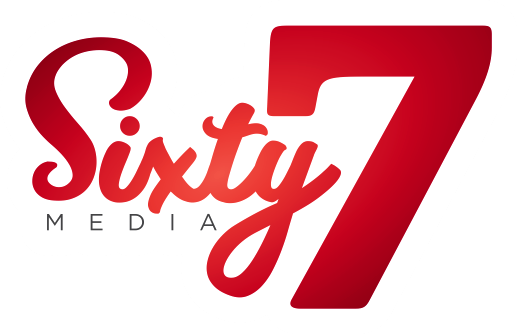
If you think of the business logos you find most impressive, you’re no doubt thinking of those with appealing images or graphics. More likely than not, you only really notice the font when it’s wrong.
The truth is, potential customers make an assumption about your brand. When they see your logo for the first time there will be a subconscious opinion, but it’s there. Think of scrolling through websites looking for a product or service. Some pages you just simply skipped or navigated away from quickly. Perhaps you couldn’t put your finger on exactly why those pages didn’t appeal to you. We have an idea why.
Finding the Right Font is Crucial
Your logo can make or break your branding. The importance of selecting the right font for your logo should therefore not be overlooked. A well-chosen font can easily highlight the advantages of your brand. An inappropriate font may spark the idea of being overbearing or evoke other negative associations. It’s no wonder then that designers have a series of font rules for logo design. Let’s have a look at a few of the most prominent.
Simple is Best
Your first instinct might be to create a logo that’s elaborate, fancy, and even sophisticated. However, the rule of thumb with fonts in logos is to KEEP IT SIMPLE. It’s important to remember that you’ll need to reproduce your logo across different mediums and different screen sizes. You’ll need to enlarge or reduce it. Your logo needs to look appealing on large items like banners as well as small items like pens. Don’t use a font that has too many details making it difficult to read.
To give you an idea of a few simple but effective logos, think NIKE, Facebook, Twitter, Coca-Cola, KFC, MacDonald’s, and even Starbucks. Even if you don’t use these products or services, you no doubt know how these brands write their names. That instant recognition is what you should strive for with your own logo, including the font you use for your company name.
Consider Brand Identity
The right logo will make your brand recognizable and even memorable in the eyes of potential customers. Establish which font suits your target market best. Do you need a font that conveys seriousness or one that’s more playful?
For instance, a professional service such as an insurance broker won’t use the same font that’s being used by a hip, environmentally friendly coffee bar. Play around with different fonts and ask others their opinion to gauge what would look appealing to your target market. In this instance consider the logo for Google which is Product Sans and was created by Google as a typeface for all mediums. The simple look appeals to a wide audience.
Limit the Number of Fonts You Use
Just because your design program has multiple font options doesn’t mean you need to use them all. Multiple fonts don’t make a logo or brand communication look more appealing. In fact, it has the opposite effect, producing a cluttered and confusing look.
Experts suggest two is the magic number here. A good example of an instance where two font types work well together is the logo for “America’s Next Top Model.” The two fonts used successfully in this logo are Knockout 34 Junior Sumo and Didiot Bold.
Consider Your Competitors
While it’s true that your main aim is not to duplicate your competitors’ font styles, it’s important to know what they’re doing. Analyze what it is about their logos, fonts and graphics that attract attention. Apply similar principles to your logo as you’ll most likely have a similar target market.
To get an idea of what we mean, compare the Coca-Cola logo to that of Pepsi. Both have similar colors, both are clean and uncluttered yet the Coco-Cola font is the Spenserian script and the Pepsi is a font called Harry Plain. Competitors can successfully compete with similar logo ideas.
Avoid Trendy Fonts
When designing your logo you might be tempted to use a font that’s trending. Thinking that using something that’s very popular “right now” is a design no-no. Trends are usually short-lived, whereas your logo should ideally be a one-time creation that must seem relevant in the long term.
Changing your logo on a regular basis will hamper brand stability. Select a font that will reflect your company’s relevance in years to come. A good example of a simple logo that’s stood the test of time is the Ferrari logo. First used in 1932, the motif of a prancing horse has always represented this renowned brand successfully, never seeming outdated.
A Final Thought About Fonts
When you’re choosing the right logo for your business, always remember that the aim is to create a clean, fresh image that appeals to your target audience. Choose colors and a font that will complement your graphics as well as your brand’s vision.
Creating the right logo with the most appealing font will ensure your brand is recognizable and memorable. Doing this will make you famous in no time!
About Christy Young
Christy Young is a professional copywriter who’s just started her freelancing career. She writes on diverse topics including business, marketing, branding and real estate. From blog writing to ad copy and SEO writing, she delivers top notch content to her clients.

Comments are closed.